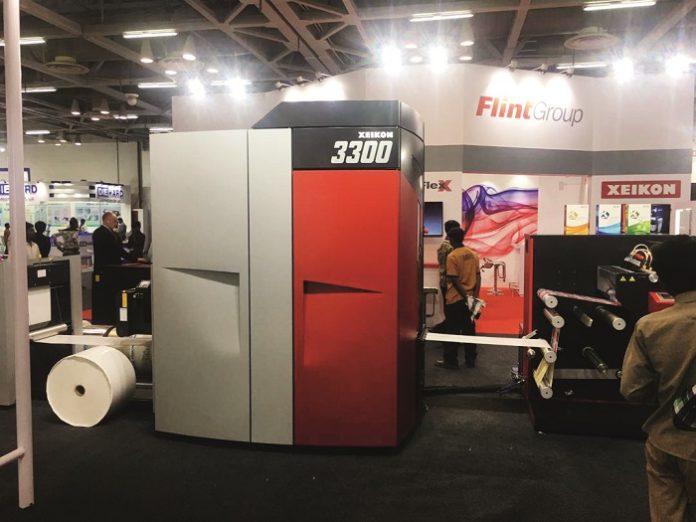Mumbai-based Hi-Tech Inks has been growing at a fast clip in the last few years and with growth outlook of the packaging industry robust, the company is expanding its ink manufacturing capacity to leverage this growth. Hi-Tech at present has a plant in Vapi in Gujarat where it manufactures solvent-based printing inks for flexographic and rotogravure applications. Although the company has customers across India, Hi-Tech is very strong in the western Indian market.
The company is expected to commission a new state-of-the-art plant by April 2016, with a capacity to produce close to 1,800 tons of ink every month, double the capacity of the old plant. Both the old and the new plant will be in the same premises close to each other. Once the new plant becomes operational, the current manufacturing of solvent-based inks will shift there while the old plant will most likely be used for manufacturing water-based inks.
“We are very excited about the growth in the Indian packaging space and that is why we have doubled our manufacturing capacity. Now, we will also focus on getting a bigger footprint in north, south and east India,” says RY Kamat, executive director, Hi-Tech Inks.
Packaging is growth engine for ink industry
A bright spot for the printing inks industry in India has been the packaging sector. According to Kamat, the demand for printing inks in the packaging industry has been growing in double digits in the recent years.
“All major areas in the packaging industry, flexible packaging, folding cartons or corrugated, are growing at a robust rate which is driving demand for printing inks. This will continue in the year ahead,” he argues.
According to Kamat, a trend that is expected to become more pronounced in the next few years is that of increased demand for non-ketone, no-toluene inks. This is because more and more brand owners and convertors are taking cognizance of the impact that ketone and toluene have on humans as well as the environment.
“There is going to be increasing regulatory pressure as well to discourage use of these harmful components. It may take some time, but the Indian flexible packaging industry will eventually move toward safe and more environmentally friendly inks,” he argues. Some challenges
Although the long-term outlook for growth in demand for flexible packaging inks looks bright, in the near term some challenges remain. The first one is that of rising cost of raw materials due to high crude oil prices and depreciating rupee.
“Despite all these major developments, the industry has not been able to raise prices. This has had an adverse impact on the bottom-line,” Kamat states.
Another major headwind is that of uncertainty regarding rules on plastic ban. According to Kamat, flexible packaging convertors are not too clear about the rules pertaining to plastic waste, which is having an impact on investment decision and subsequently impacting demand for ink.










